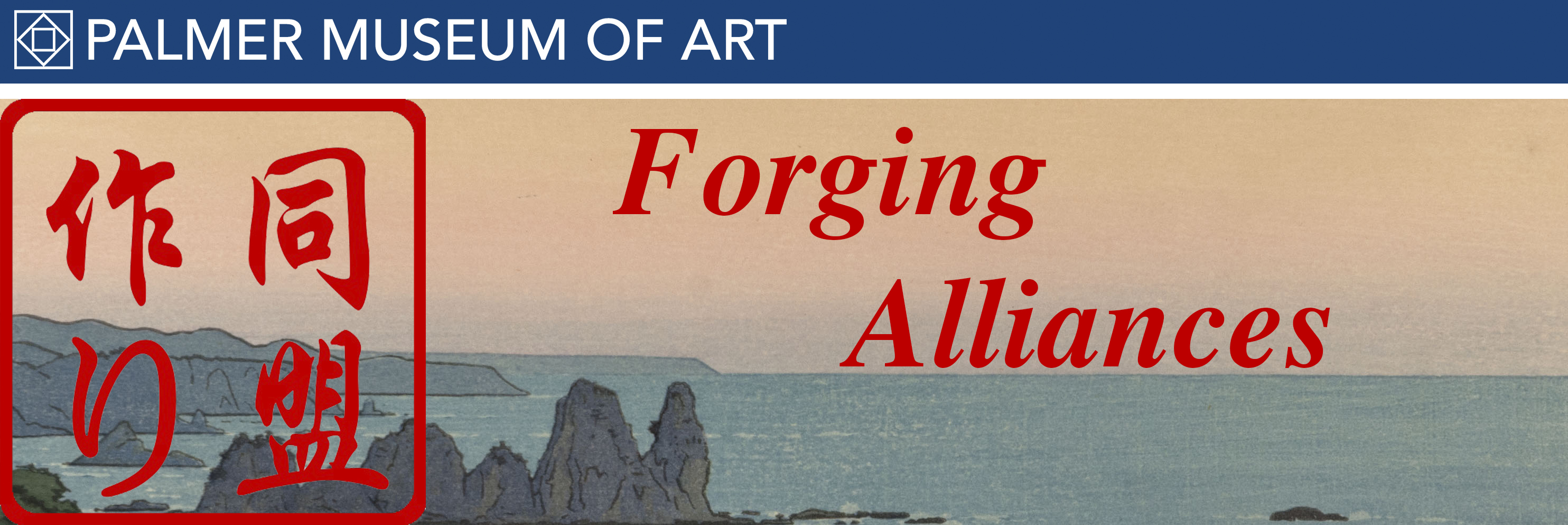Bowl
Item
Title
Bowl
Creator
Attributed to Kanjiro KAWAI
Japanese, 1890–1966
Japanese, 1890–1966
Materials
Kyoto Stoneware
Measurements
Diameter: 3 x 7 in. (7.6 x 17.8 cm)
Description
Kanjiro Kawai was, along with Shoji Hamada (whose work is displayed in the ceramics gallery), a founder of the mingei (folk art) movement in Japan in the 1920s. He became famous for his glazes, applying innovative colors in ways that capture the fluidity of the medium. Kawai combined this focus on innovation with a commitment to the mingeiprinciple of anonymous production, even turning down the distinction of Living National Treasure in the belief that such honors drew excessive attention to individual makers. "Any work of art belongs to everyone," he said, "because it is whatever each person sees in it."
This unsigned bowl was attributed by Kenneth Beittel to Kanjiro, but could prove to be the work of his apprentice, son-in-law, and adopted son, Hirotsugu Kawai (1919-1993). In either case, the simple design seems to illustrate one of Kanjiro’s short poems:
I paint and paint,
And still I cannot spoil
Patterns traced
On the vastness of the sky.
This unsigned bowl was attributed by Kenneth Beittel to Kanjiro, but could prove to be the work of his apprentice, son-in-law, and adopted son, Hirotsugu Kawai (1919-1993). In either case, the simple design seems to illustrate one of Kanjiro’s short poems:
I paint and paint,
And still I cannot spoil
Patterns traced
On the vastness of the sky.
Source
Palmer Museum of Art, The Pennsylvania State University.
Identifier
86.361
Rights
This image is posted publicly for non-profit educational uses, excluding printed publication. Other uses are not permitted.

